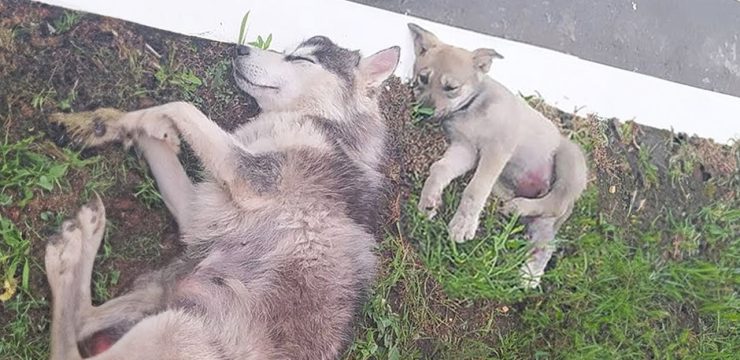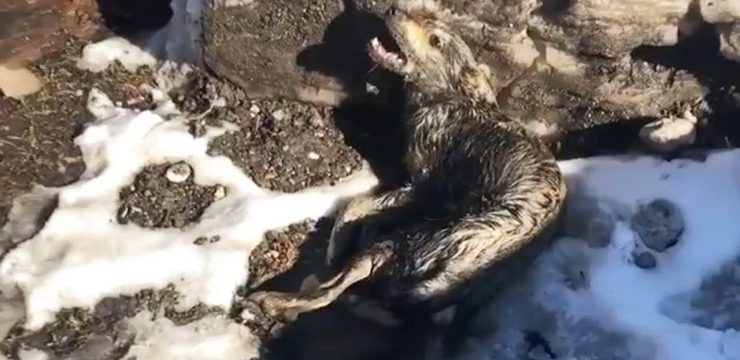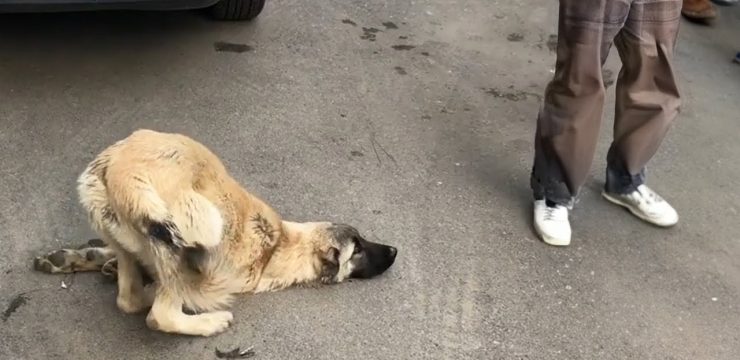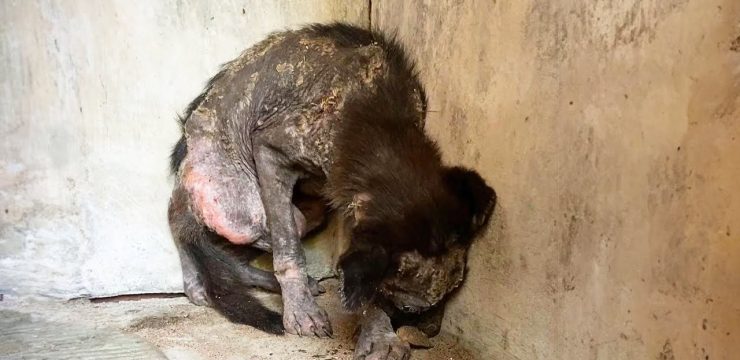Every year, millions of plastic water bottles end up in landfills, oceans, and other natural environments, adding to the global issue of plastic pollution. These bottles are not biodegradable, and it can take hundreds of years for them to break down. In the meantime, they release harmful chemicals into the soil and waterways, which can negatively affect both wildlife and ecosystems. Although recycling is promoted as a solution, current recycling rates are not high enough to offset the massive amount of plastic waste generated each day. Fortunately, there are creative and practical ways to give these bottles a second life. By repurposing them, we can reduce waste, save money, and even create helpful tools for everyday use at home.

One of the most effective and simple ways to reuse a plastic water bottle is by creating a self-watering plant system. This is especially useful for busy individuals or those who travel frequently. To do this, cut the bottle in half. Fill the bottom portion with water, and place the top half upside down into the base. Thread a piece of fabric or cotton string through the neck of the bottle. The string acts as a wick, slowly transferring water from the bottom section to the soil above. This setup allows plants to receive a consistent supply of moisture without daily watering, making it a smart option for both indoor and outdoor gardeners.
Another great way to reuse plastic bottles is by making a bird feeder. It’s easy to do and can help attract birds to your garden or backyard. Begin by poking small holes around the bottle and inserting wooden spoons or small dowels through these openings to act as perches. Fill the bottle with birdseed and hang it from a tree or pole. The seeds will slowly fall through the holes, providing a steady source of food for your feathered visitors while offering a fun way to enjoy nature right from your home.
Plastic bottles can also help you stay organized. Cut off the top of a bottle, and use the bottom portion to store small household items like buttons, screws, or craft materials. You can take it a step further by decorating the outside with colorful paint, fabric, or stickers to match your home decor. These makeshift containers are stackable and perfect for keeping clutter under control in any room, whether it’s the kitchen, garage, or kids’ playroom.
If you ever find yourself without a funnel, don’t worry—your old plastic bottle can come to the rescue. Cut off the top portion and use it as a funnel for pouring liquids or dry goods into narrow containers. The tapered neck of the bottle is perfect for reducing spills and making kitchen tasks easier, especially when transferring sauces, oils, or grains. It’s a quick and easy solution that requires no special tools.
Plastic bottles can also be used to construct a drip irrigation system for your garden. This method conserves water while delivering a steady moisture level directly to plant roots. Simply poke several small holes in the sides of a bottle, bury it near your plants, and fill it with water. Over time, the water will slowly leak out, keeping your garden hydrated without the risk of overwatering. This is particularly useful in dry climates or during hot summer months when water conservation becomes critical.
If you’re looking to boost the sound of your smartphone without external speakers, you can make a quick DIY amplifier using a plastic bottle. Cut a slit in the side of the bottle just big enough to hold your phone. When inserted, the sound from the phone will bounce and amplify through the plastic, creating louder and clearer audio. It’s an inexpensive way to improve your listening experience whether you’re streaming music, watching videos, or tuning into podcasts.
For gardeners who want to protect delicate seedlings from unpredictable weather, a plastic bottle can be turned into a mini greenhouse. Cut off the bottom of the bottle and place it over your plant. This creates a warm, moist environment that encourages healthy growth while shielding the young plant from wind, pests, and frost. It’s particularly useful during early spring and late fall when temperatures fluctuate dramatically.
Another creative use for plastic bottles is turning them into reusable ice packs. Fill a bottle with water and a small amount of rubbing alcohol, then place it in the freezer. The alcohol keeps the mixture from freezing solid, allowing the ice pack to remain flexible. Wrap it in a cloth and apply it to sore muscles or injuries for pain relief. This DIY option is cost-effective and environmentally friendly, as it can be reused multiple times.
If you enjoy fresh flowers or want to add a decorative touch to your home, consider making a vase out of a plastic bottle. Cut the bottle to your desired height and decorate it using materials like paint, ribbons, or twine. It’s a fun way to get creative while giving new life to something that would otherwise be thrown away. These lightweight vases are ideal for displaying both real and artificial flowers and can be tailored to fit your style or the season.
Finally, you can easily make a lightweight watering can by repurposing a plastic bottle. Poke a few small holes in the cap, fill the bottle with water, screw the cap back on, and you’re ready to go. When turned upside down, the water gently pours through the holes, making it perfect for watering houseplants or small garden plots. This DIY watering can is especially handy for people with limited mobility or for children learning how to care for plants.
In conclusion, repurposing plastic bottles is more than just a clever life hack—it’s a practical way to reduce waste and live more sustainably. Each reused bottle represents one less item in a landfill and one more opportunity to be resourceful. These creative ideas not only benefit the environment but also add value to your daily life. With a little imagination, you can transform what was once trash into tools, decorations, and useful household solutions, helping to build a greener, more responsible future.





